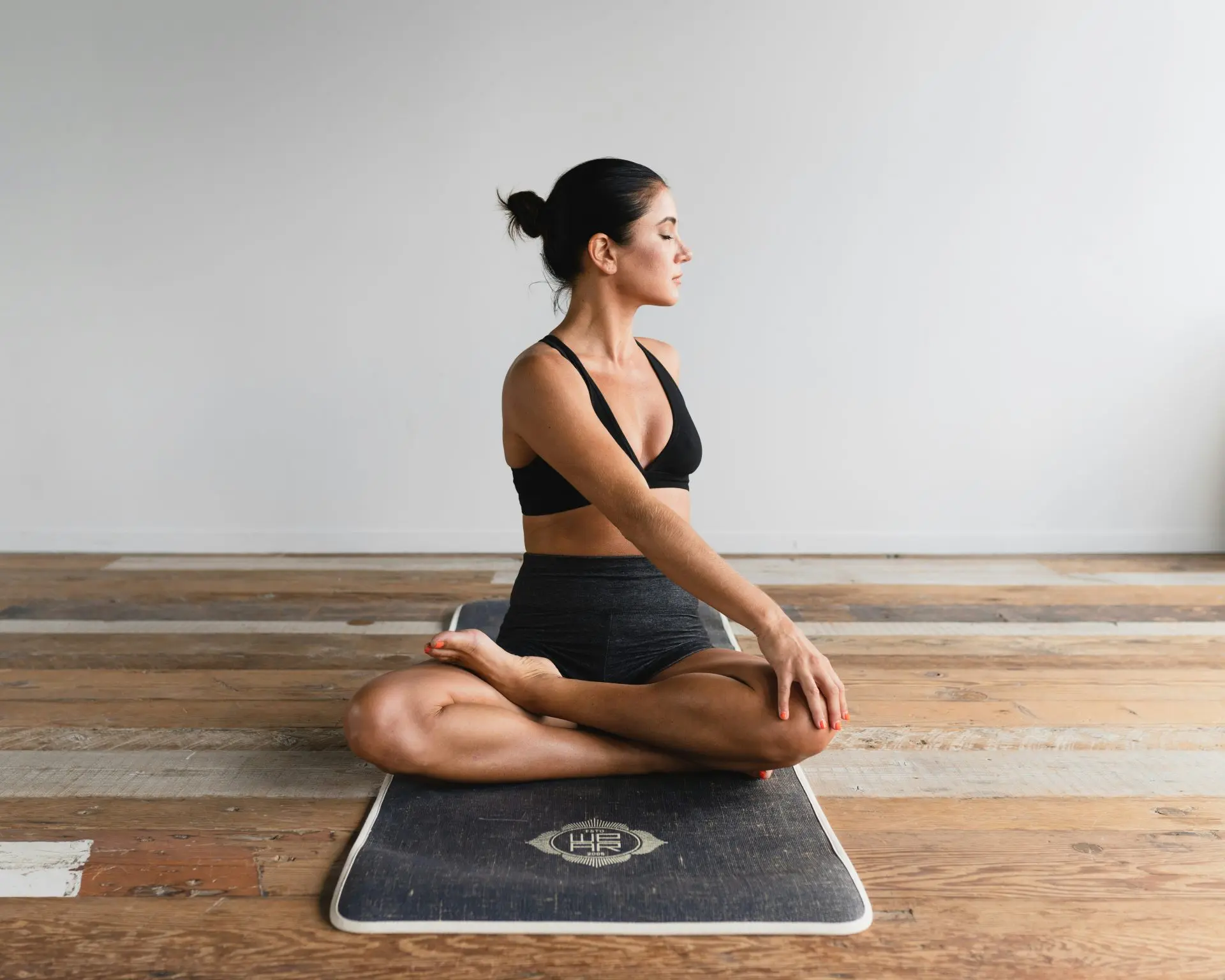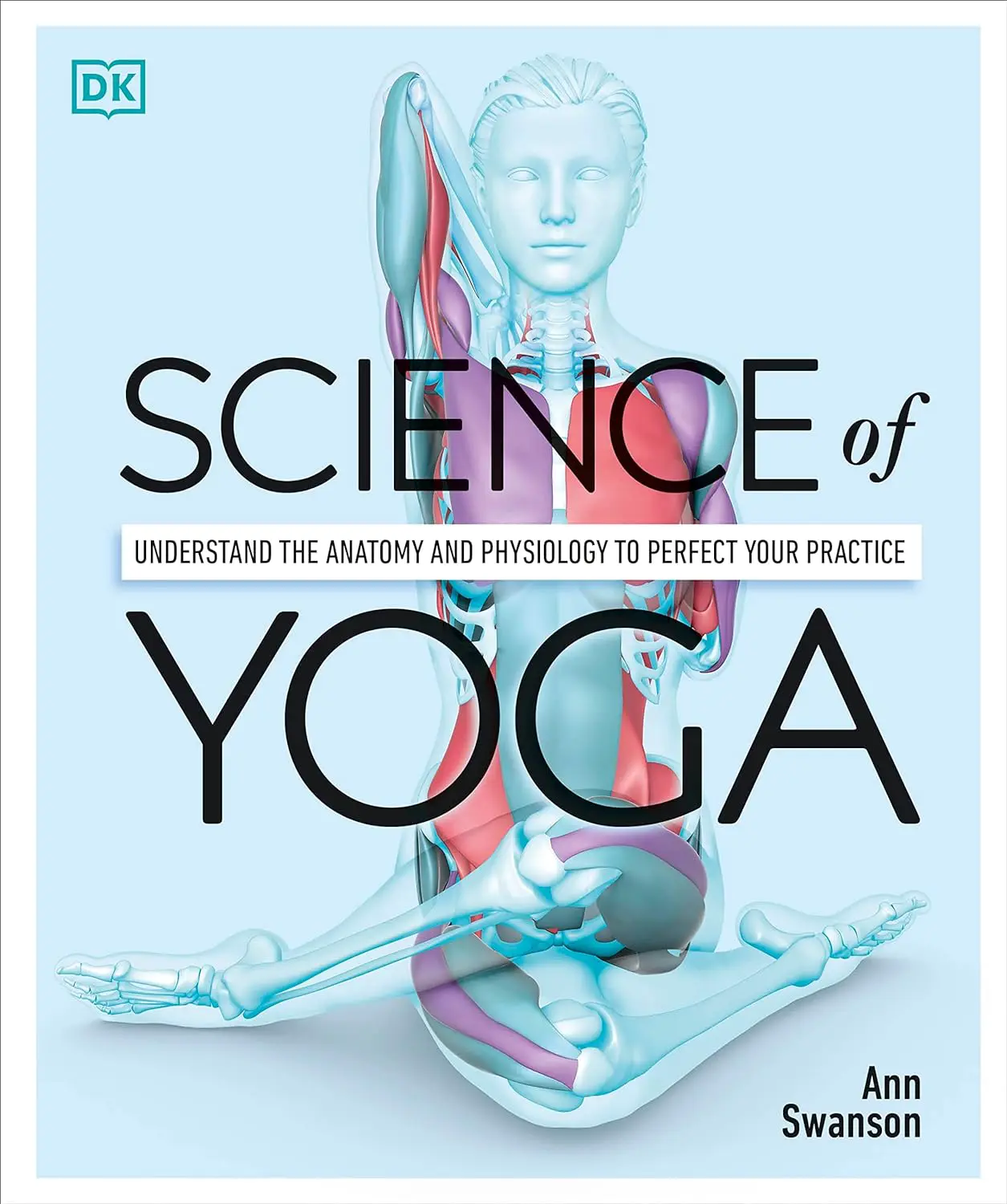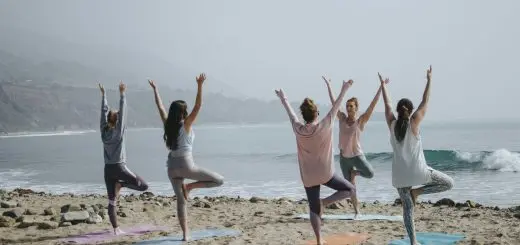Teaching Iyengar: Art of Instruction

Looking for more amazing products? Check out our online store and explore our collection here! Happy shopping!
Before diving in, please note: This post is for informational purposes only. If you’d like to know more about how we approach topics, feel free to check out our friendly Disclaimer Page.
Hey there, amazing readers! 
We’re committed to delivering quality posts, and your support (even just sticking around despite the ads) means everything to us. So, bear with us, and thanks for helping us keep the good vibes rolling. Now, on to the fun stuff!
TRANSLATE BUTTON AT THE END OF THE ARTICLE
A Quick Overview
Teaching Iyengar yoga requires a deep understanding of the Iyengar method, which focuses on precision, alignment, and the use of props to achieve the correct posture in each asana.
Iyengar yoga is named after B.K.S.
Iyengar, a renowned yoga teacher who developed this style to help students of all levels improve their practice.
In this article, we will explore the art of instruction in Iyengar yoga, including the importance of alignment, the benefits of teaching this style, key principles, sequencing poses effectively, addressing common student challenges, and continuing education opportunities.
Understanding the Iyengar Method
The Iyengar method is known for its emphasis on alignment and precision in each pose.
Teachers focus on the anatomical details of each asana, guiding students to find proper alignment to prevent injury and maximize the benefits of the practice.
Iyengar yoga also incorporates the use of props such as blocks, straps, and blankets to assist students in achieving the correct alignment.
This method is suitable for students of all levels, from beginners to advanced practitioners, as it provides a strong foundation for a safe and effective yoga practice.
Importance of Alignment in Iyengar
Alignment is crucial in Iyengar yoga as it helps students develop body awareness, strength, and flexibility.
Proper alignment ensures that the body is in the optimal position to receive the benefits of the pose and avoid strain or injury.
Teachers in Iyengar yoga pay close attention to alignment cues, such as the positioning of the feet, hips, and shoulders, to guide students towards a safe and effective practice.
By focusing on alignment, students can deepen their practice and experience the full potential of each asana.
Benefits of Teaching Iyengar Yoga
Teaching Iyengar yoga offers numerous benefits for both teachers and students.
As a teacher, you have the opportunity to guide students towards a deeper understanding of their bodies and their practice.
Teaching Iyengar yoga can also improve your own practice as you refine your knowledge of alignment and sequencing.
For students, Iyengar yoga provides a safe and accessible way to explore yoga, build strength and flexibility, and cultivate mindfulness.
The use of props in Iyengar classes allows students to modify poses to suit their individual needs, making yoga more inclusive and adaptable.
Mastering the Art of Instruction
Mastering the art of instruction in Iyengar yoga requires practice, patience, and dedication.
As a teacher, it is essential to cultivate a deep understanding of anatomy, alignment principles, and the Iyengar method.
By refining your teaching skills, you can effectively guide students through a safe and transformative yoga practice.
Continuous learning and self-reflection are key to becoming a skilled Iyengar teacher, as it allows you to evolve and adapt your teaching style to meet the needs of your students.
Key Principles of Iyengar Teaching
Iyengar teaching is guided by several key principles, including precision, alignment, sequencing, and the use of props.
Teachers in Iyengar yoga focus on providing clear and concise instructions to help students understand the correct alignment of each pose.
Sequencing poses effectively is also important in Iyengar classes, as it allows students to progress safely and build upon their practice.
The use of props in Iyengar teaching helps students explore and deepen their practice by providing support and assistance when needed.
Incorporating Props in Iyengar Classes
Props are an essential component of Iyengar yoga as they help students achieve proper alignment and deepen their practice.
Common props used in Iyengar classes include blocks, straps, blankets, and bolsters.
Props can be used to modify poses, provide support, and enhance the stretch in a safe and effective way.
By incorporating props in your classes, you can create a more inclusive and accessible environment for students of all levels to explore their practice and experience the benefits of yoga.
Sequencing Poses Effectively
Sequencing poses effectively is a crucial aspect of teaching Iyengar yoga.
By carefully planning the order of poses, teachers can create a balanced and well-rounded practice that addresses the needs of their students.
Sequencing poses intelligently allows students to warm up the body, build strength, improve flexibility, and cultivate mindfulness throughout the practice.
In Iyengar yoga, teachers often start with foundational poses and gradually progress to more advanced poses, ensuring that students are prepared and supported at each stage of the practice.
Cultivating a Mindful Practice
Cultivating a mindful practice is central to the art of instruction in Iyengar yoga.
Teachers encourage students to focus on their breath, body sensations, and mental state throughout the practice.
By cultivating mindfulness, students can deepen their awareness, concentration, and connection with the present moment.
Mindfulness in Iyengar yoga helps students stay present in each pose, observe their thoughts and emotions, and develop a sense of inner calm and balance.
As a teacher, you can guide students towards a more mindful practice by offering gentle reminders and encouraging self-reflection.
Exploring Advanced Iyengar Techniques
As students progress in their practice, they may be ready to explore advanced Iyengar techniques that challenge their strength, flexibility, and focus.
Advanced techniques in Iyengar yoga include inversions, backbends, arm balances, and deep twists.
These poses require a strong foundation in alignment, breath control, and body awareness to be performed safely and effectively.
Teachers can introduce advanced techniques gradually, offering modifications and props to support students as they navigate these challenging poses.
By exploring advanced techniques, students can deepen their practice, expand their skills, and experience the transformative power of Iyengar yoga.
Addressing Common Student Challenges
In Iyengar classes, teachers may encounter common student challenges such as limited flexibility, lack of strength, or fear of certain poses.
It is important to address these challenges with compassion, patience, and understanding.
By offering modifications, props, and encouragement, teachers can help students overcome their limitations and build confidence in their practice.
Creating a supportive and non-judgmental environment is key to helping students feel safe and empowered to explore their practice.
By acknowledging and addressing common student challenges, teachers can create a positive and inclusive space for students to learn and grow in their yoga journey.
Creating a Safe Teaching Environment
Creating a safe teaching environment is essential in Iyengar yoga to ensure that students can practice with confidence and trust in the guidance of their teacher.
Teachers should establish clear boundaries, communicate effectively, and provide proper support and supervision during the practice.
It is important to create a supportive and welcoming atmosphere where students feel comfortable asking questions, seeking feedback, and expressing their needs.
By fostering a safe teaching environment, teachers can empower students to explore their practice, take risks, and challenge themselves in a way that promotes growth and self-discovery.
Continuing Education in Iyengar Yoga
Continuing education is vital for Iyengar teachers to deepen their knowledge, refine their skills, and stay current with the latest developments in the field of yoga.
Teachers can attend workshops, seminars, and training programs to learn from experienced teachers, explore new techniques, and expand their teaching repertoire.
Continuing education in Iyengar yoga allows teachers to enhance their teaching abilities, inspire their students, and maintain a high standard of instruction.
By investing in ongoing education, teachers can continue to grow and evolve in their practice, offering enriching and transformative experiences for their students.
Conclusion
Teaching Iyengar yoga is a rewarding and fulfilling experience that requires dedication, skill, and a deep understanding of the Iyengar method.
By focusing on alignment, sequencing, and the use of props, teachers can guide students towards a safe and transformative practice that cultivates strength, flexibility, and mindfulness.
By addressing common student challenges, creating a safe teaching environment, and investing in continuing education, teachers can enhance their teaching abilities and provide a supportive and inclusive space for students to explore their practice.
Through the art of instruction in Iyengar yoga, teachers can inspire and empower students to deepen their practice, cultivate self-awareness, and experience the profound benefits of yoga.

The Enlightenment Journey is a remarkable collection of writings authored by a distinguished group of experts in the fields of spirituality, new age, and esoteric knowledge.
This anthology features a diverse assembly of well-experienced authors who bring their profound insights and credible perspectives to the forefront.
Each contributor possesses a wealth of knowledge and wisdom, making them authorities in their respective domains.
Together, they offer readers a transformative journey into the realms of spiritual growth, self-discovery, and esoteric enlightenment.
The Enlightenment Journey is a testament to the collective expertise of these luminaries, providing readers with a rich tapestry of ideas and information to illuminate their spiritual path.
Our Diverse Expertise
While our primary focus is on spirituality and esotericism, we are equally passionate about exploring a wide range of other topics and niches 

To ensure we provide the most accurate and valuable insights, we collaborate with trusted experts in their respective domains 
Our blog originally focused on spirituality and metaphysics, but we’ve since expanded to cover a wide range of niches. Don’t worry—we continue to publish a lot of articles on spirituality! Frequently visit our blog to explore our diverse content and stay tuned for more insightful reads.
Hey there, amazing reader! 
Check out our store here and take a peek at some of our featured products below! Thanks for being awesome!










